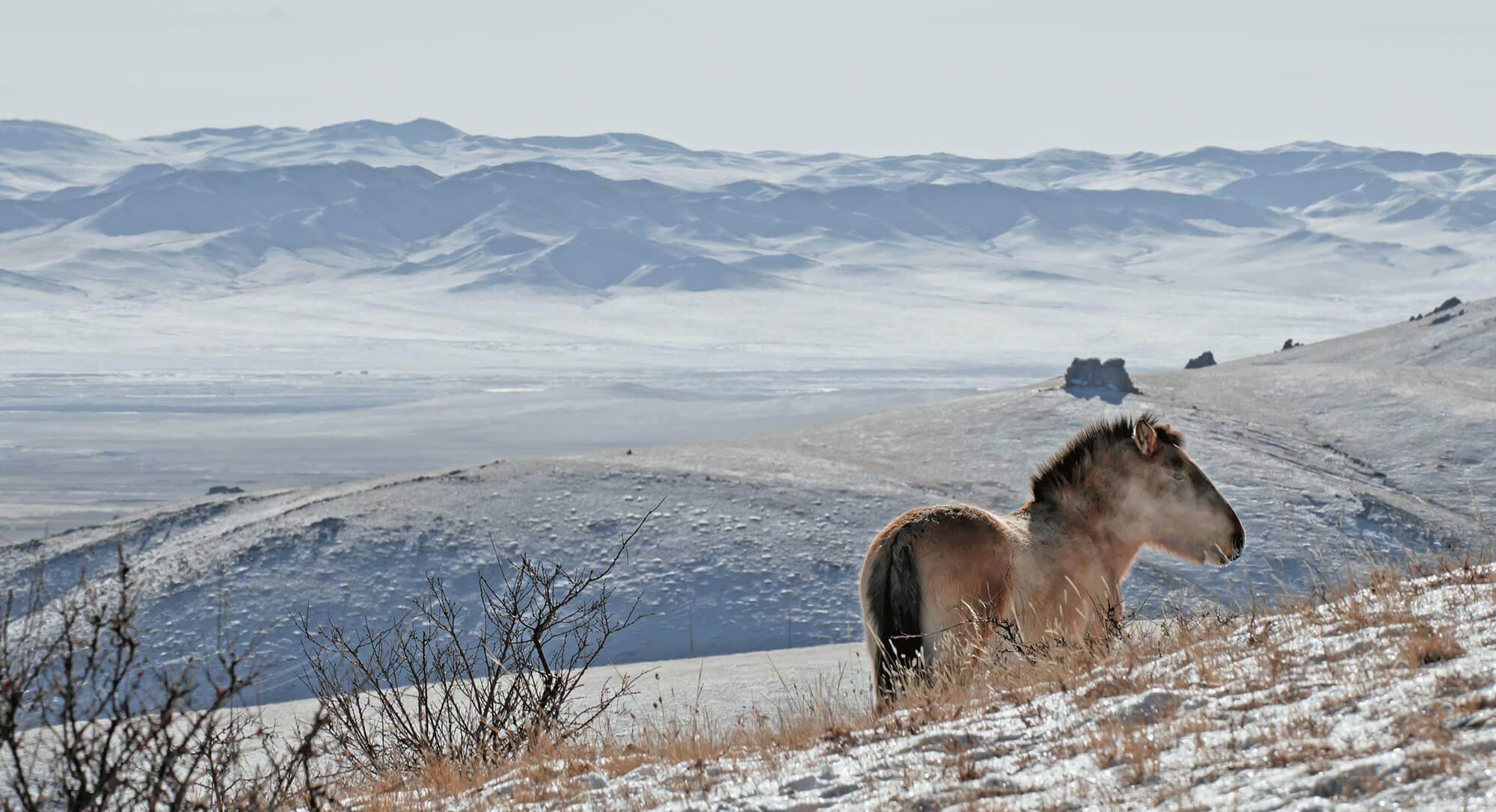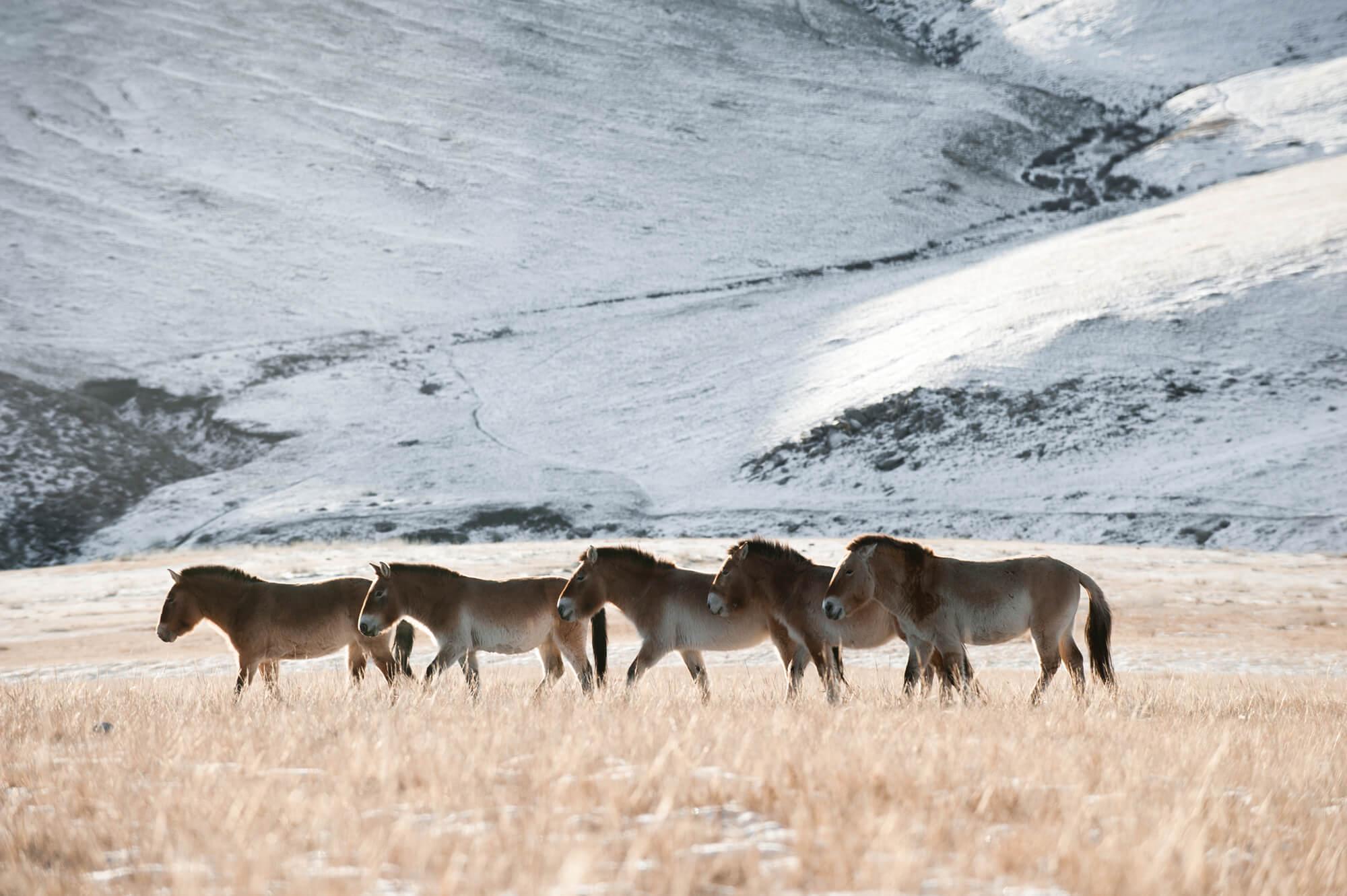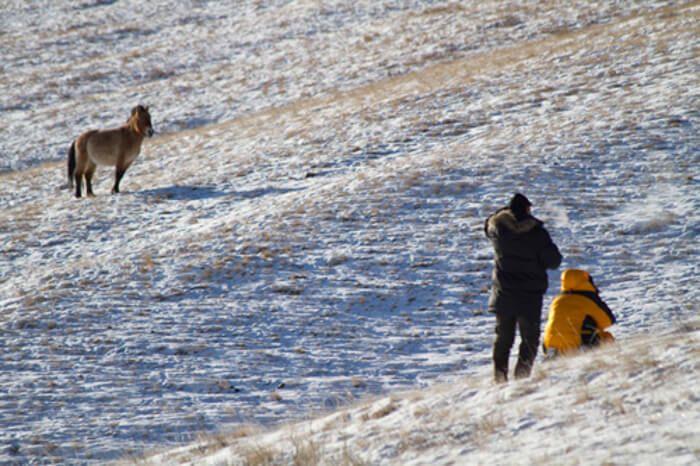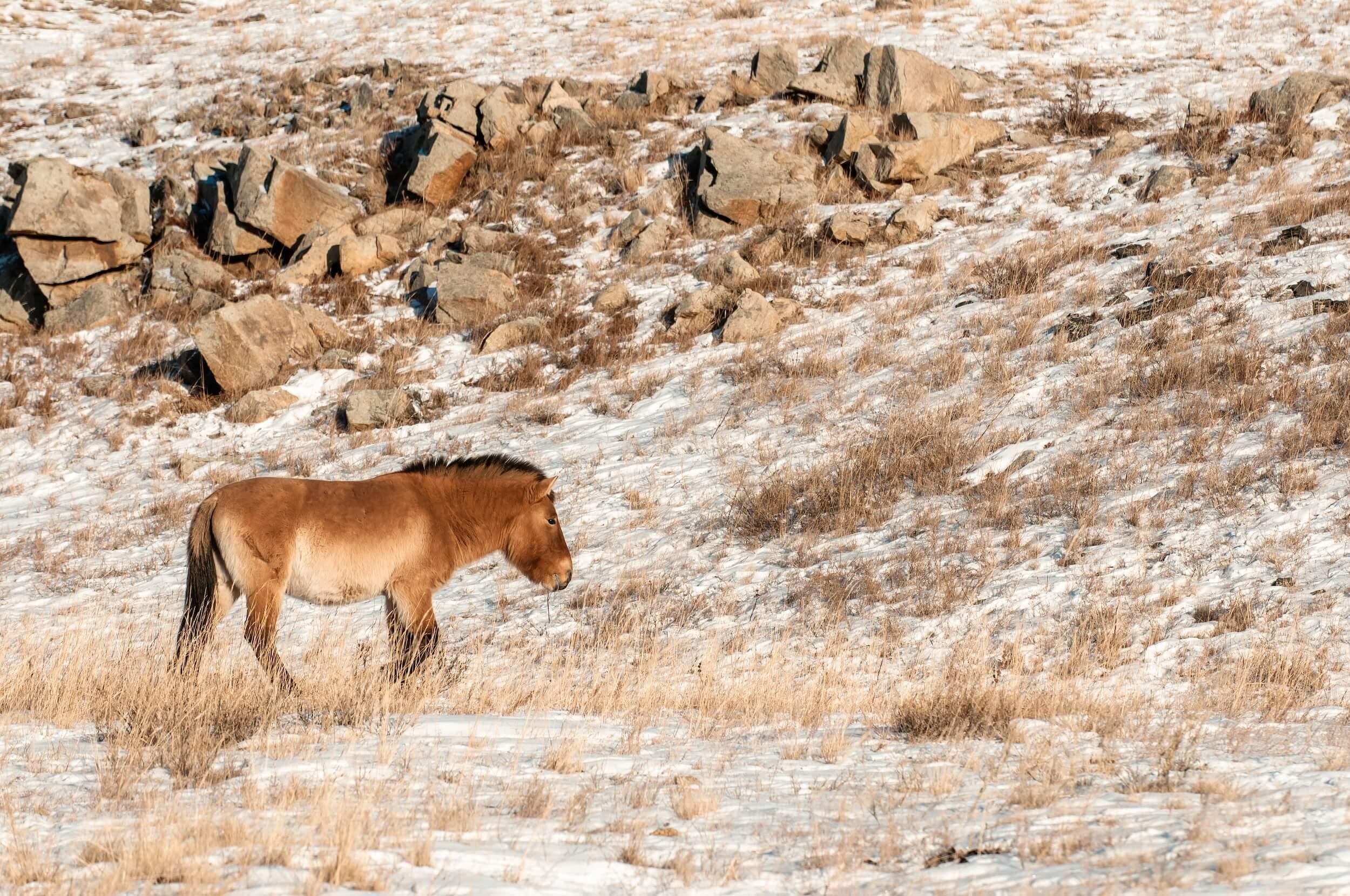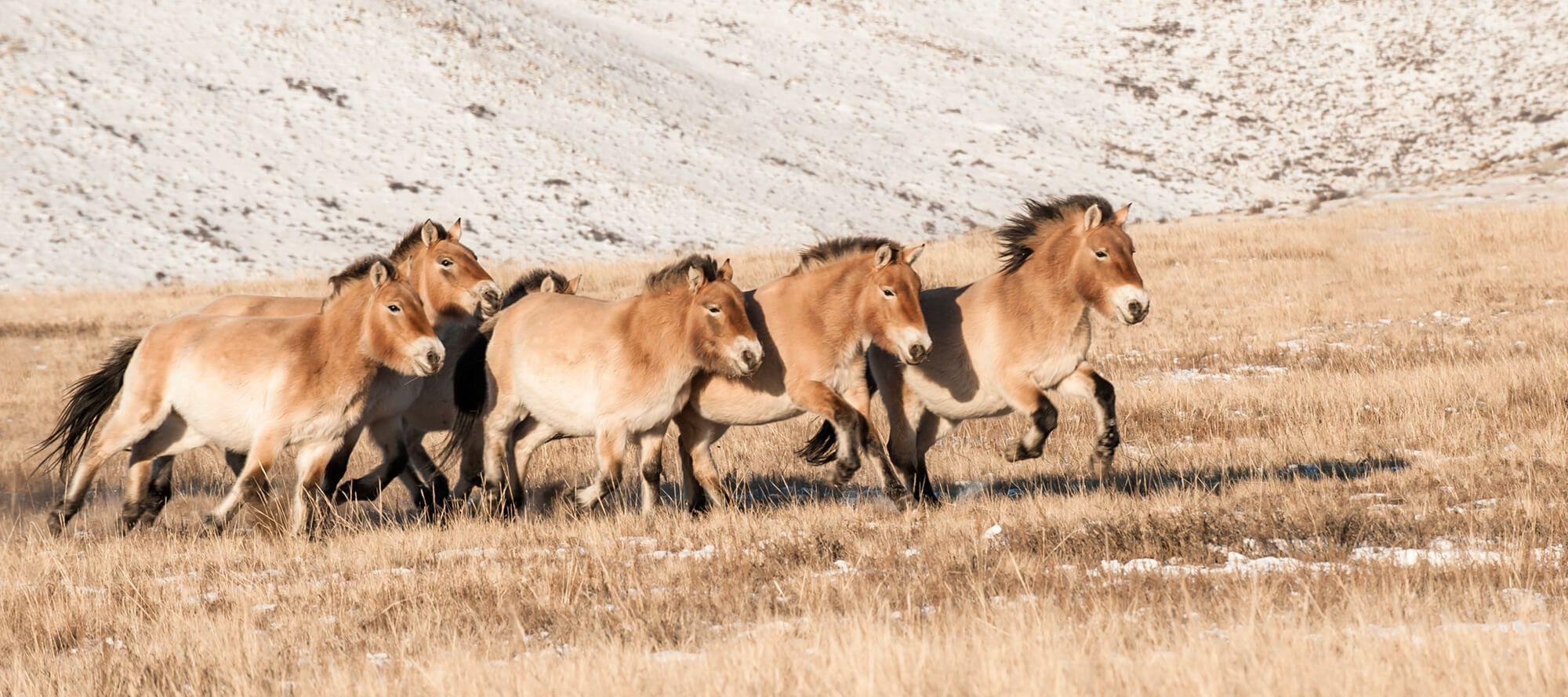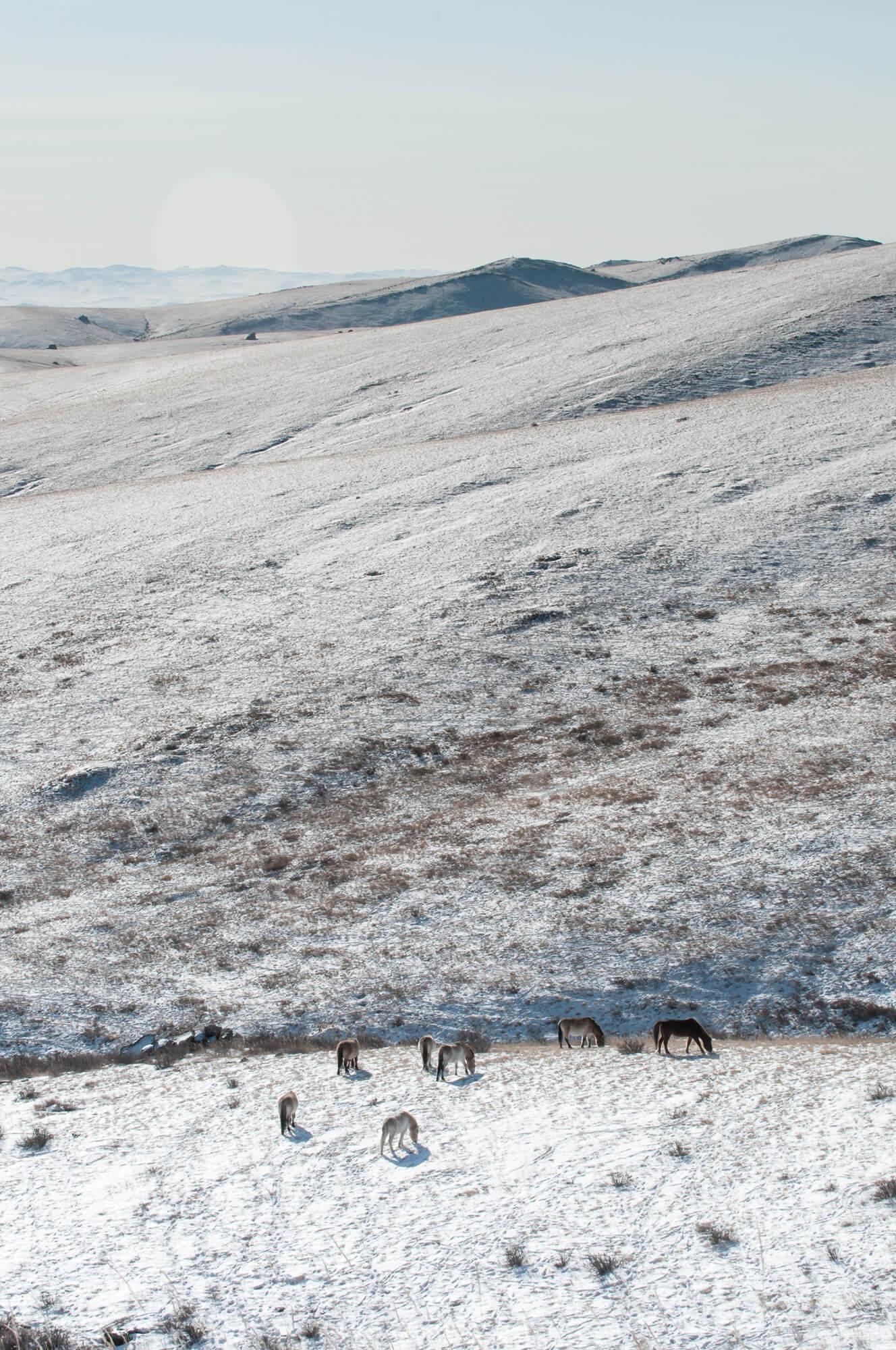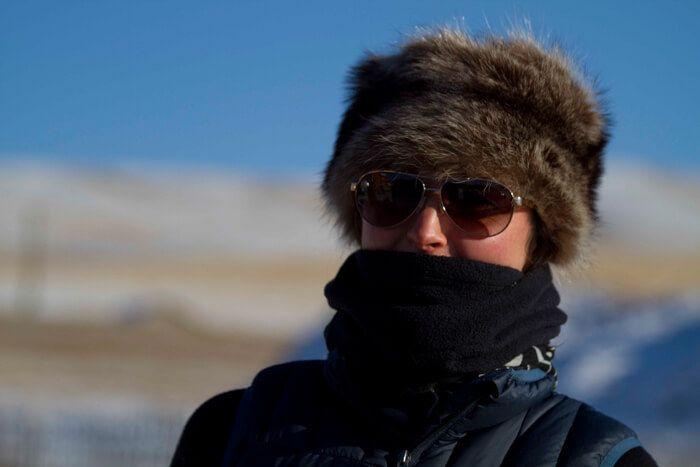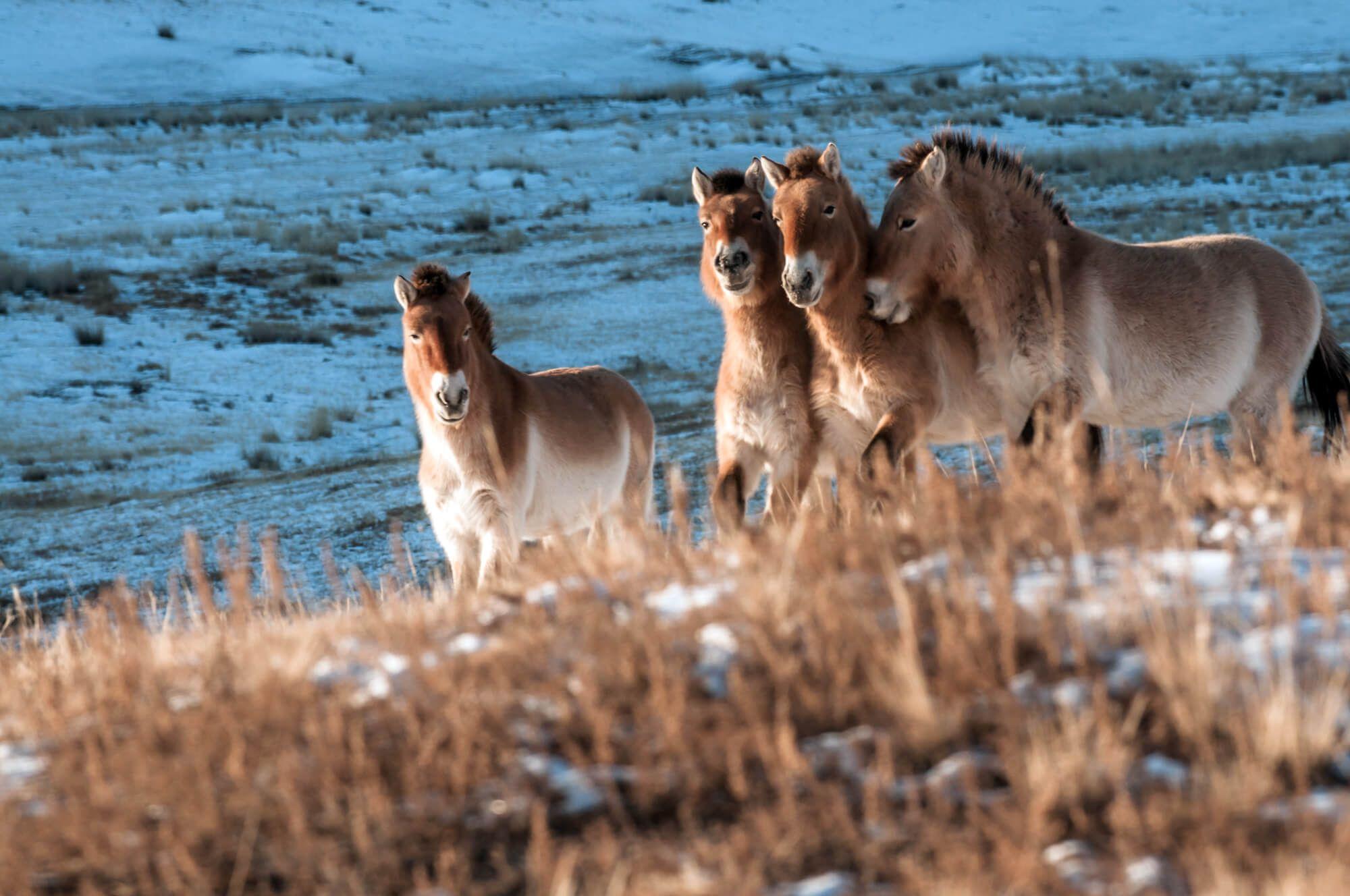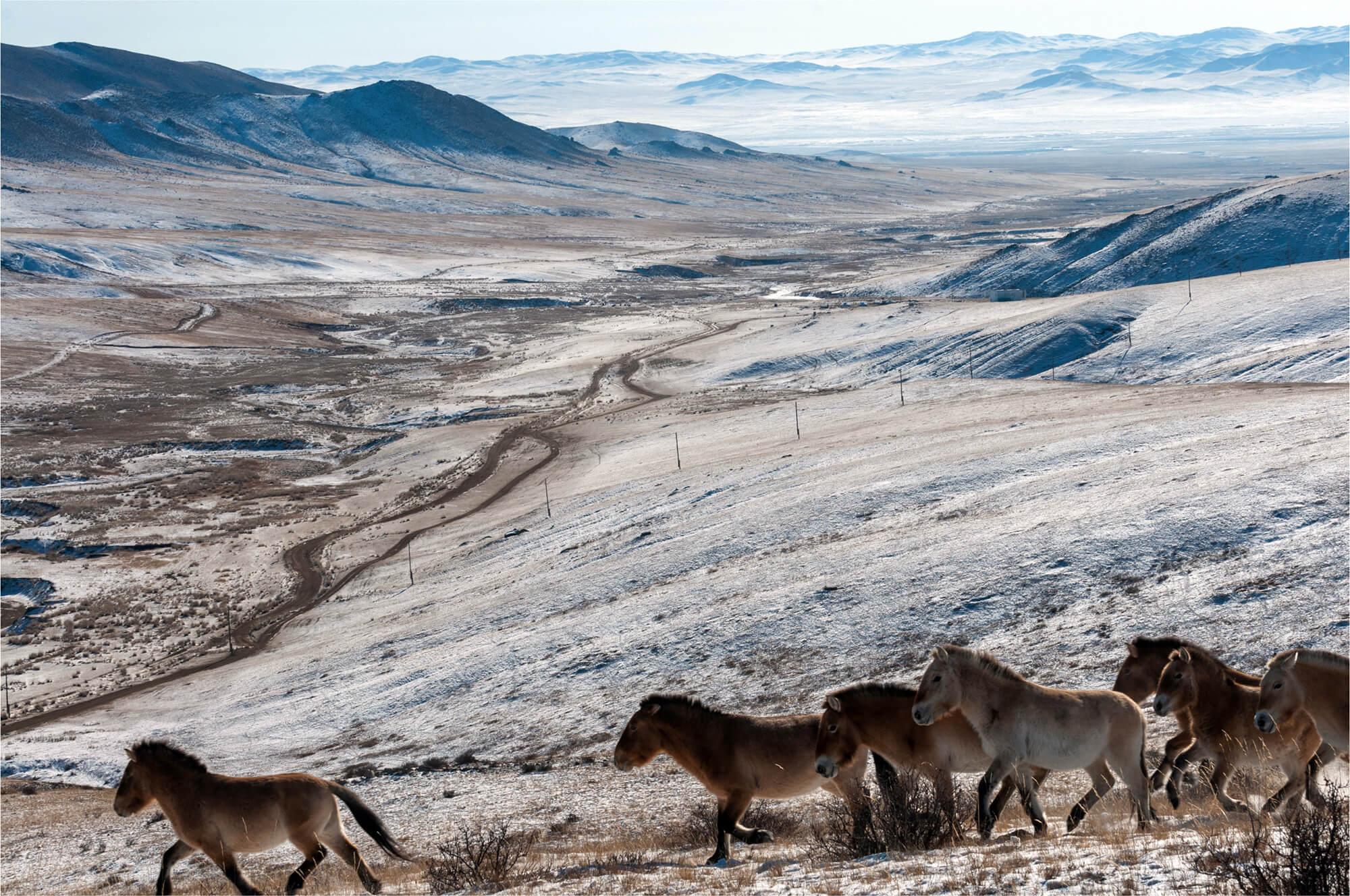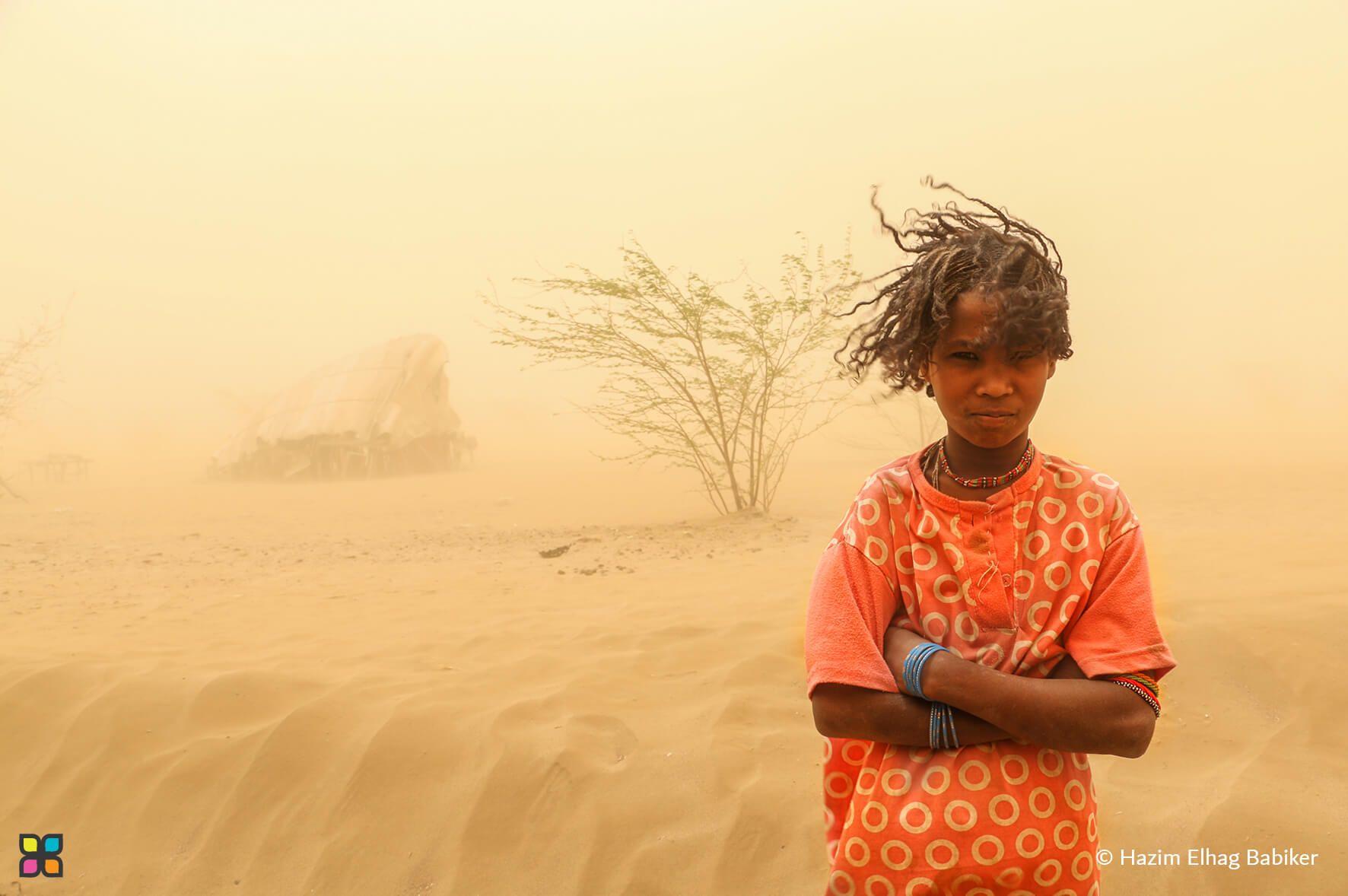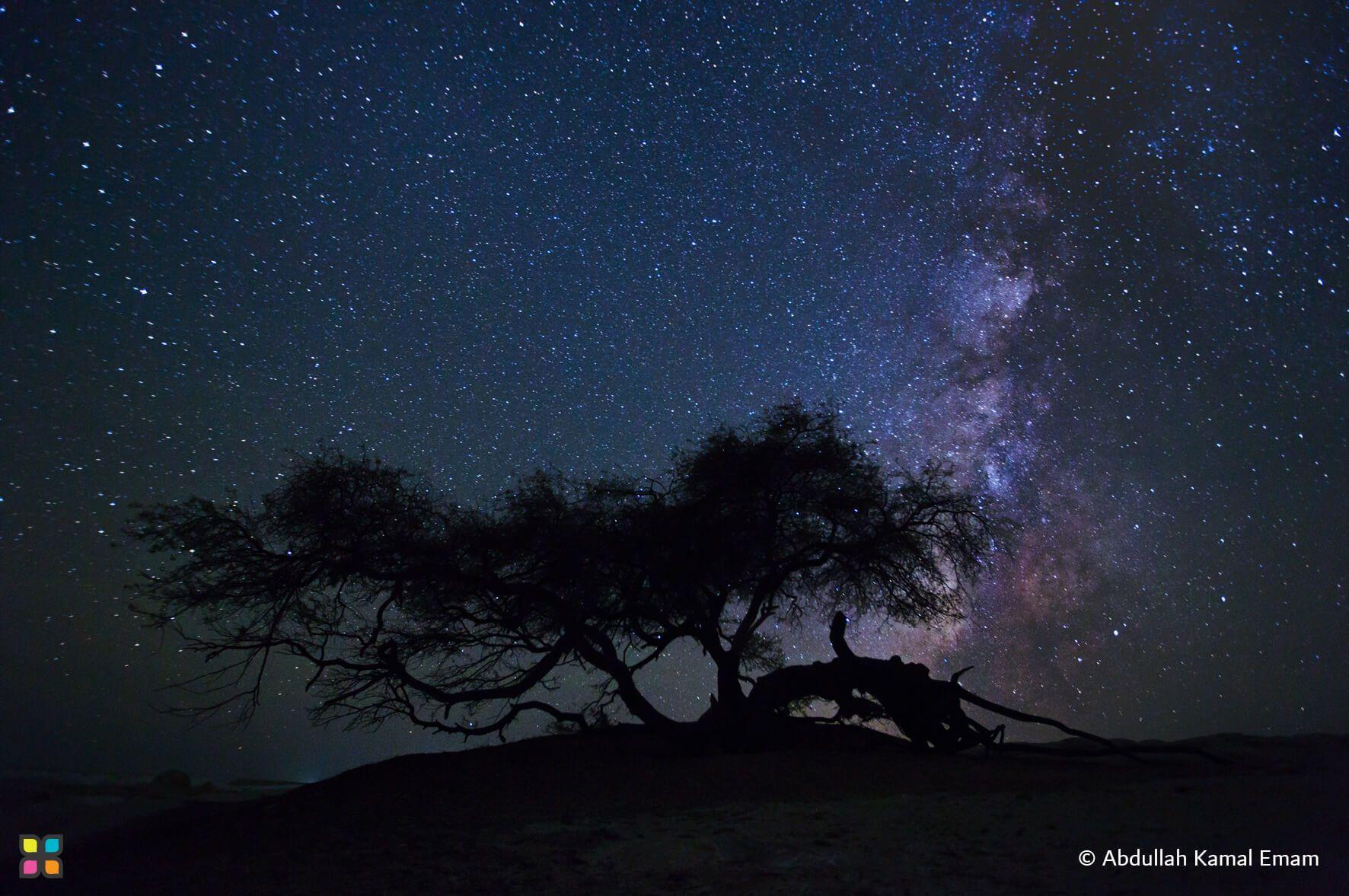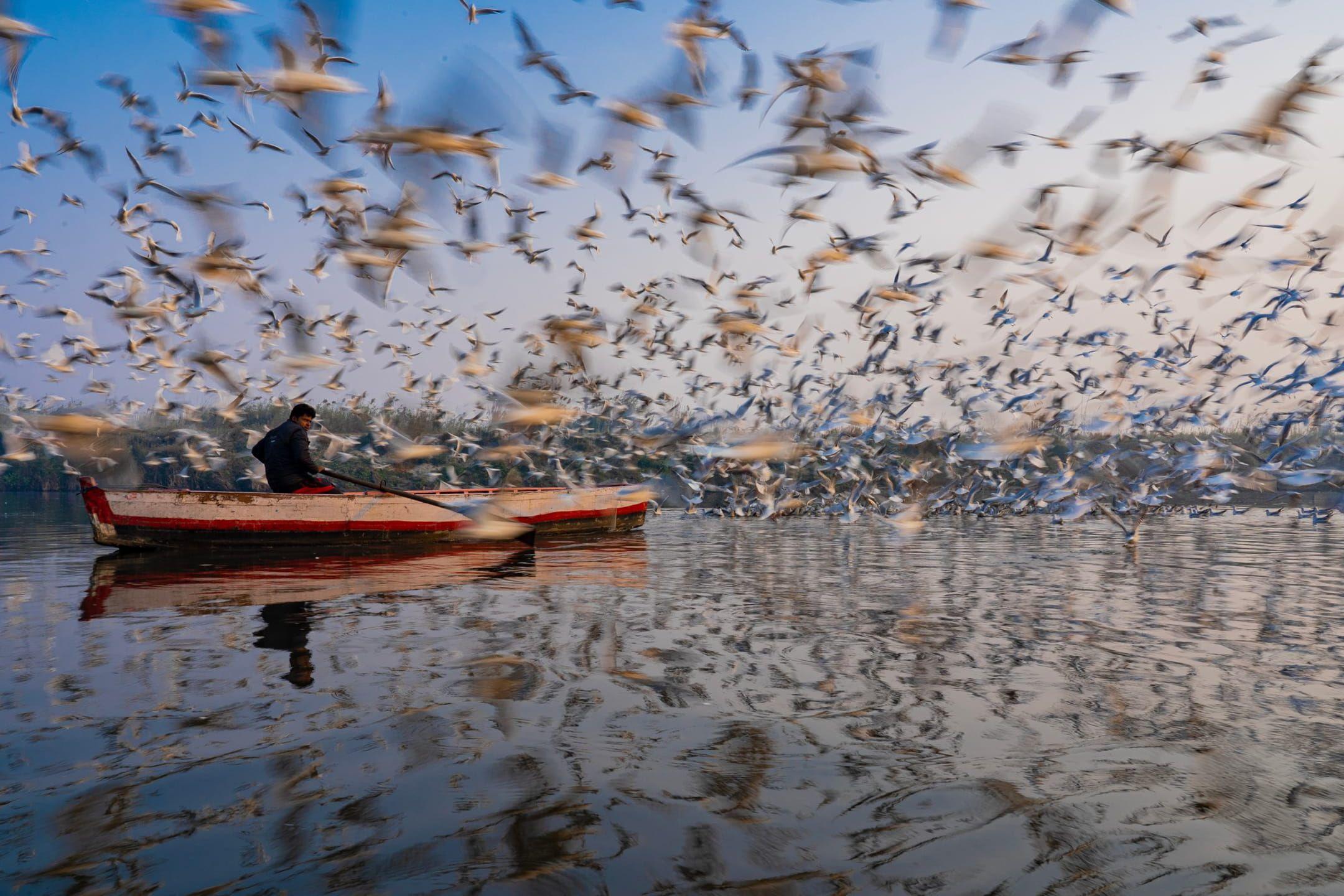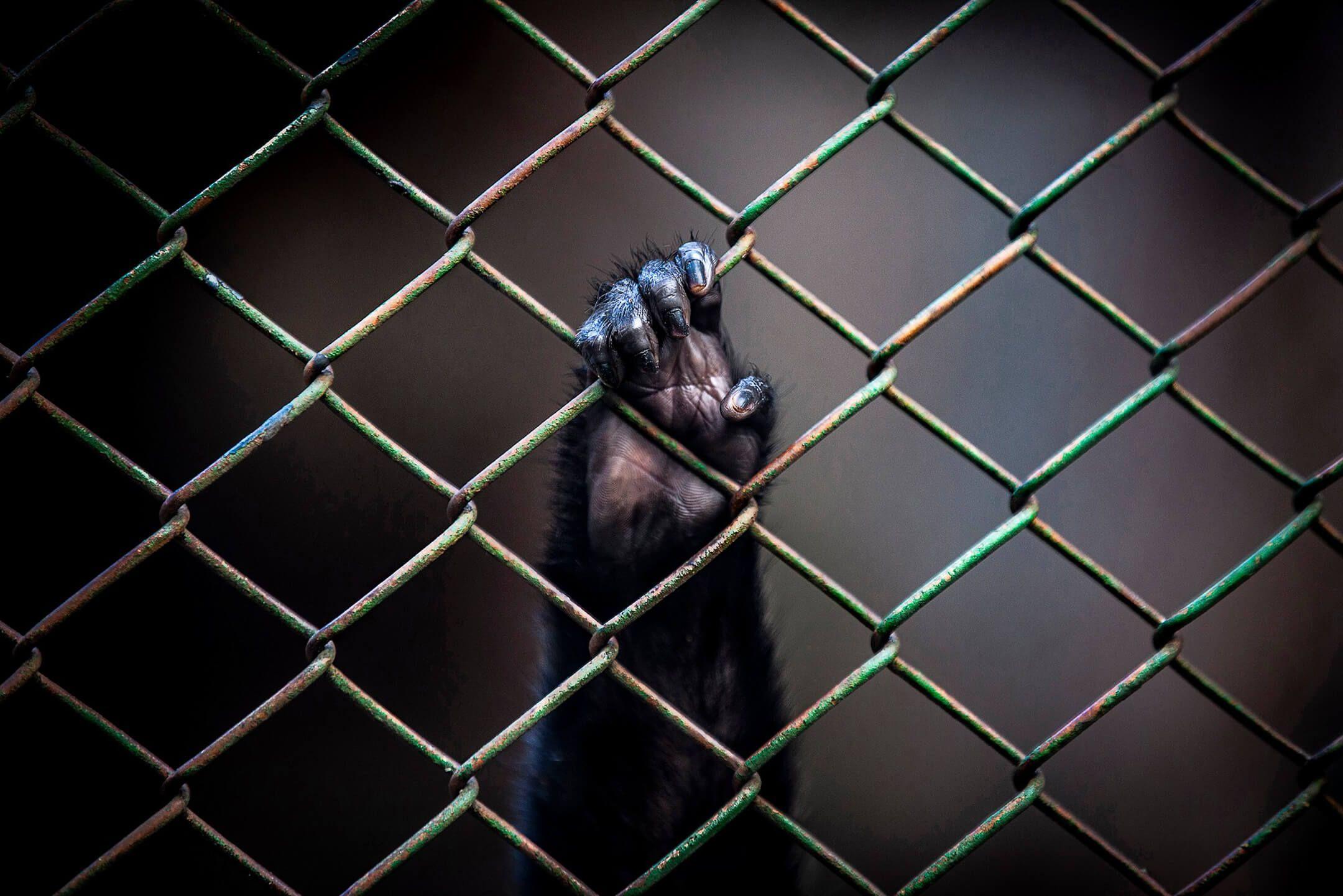The Last Wild Horses
Fulfilling a childhood dream, Photographer Astrid Harrisson travelled to Mongolia to photograph the last truly wild horses, Equus Ferus Przewalskii.
It’s a remarkable day when one realizes that they are living out a childhood dream. For Photographer Astrid Harrisson that day came when she found herself on a sleeper train traveling from Beijing to Ulaanbaatar. Astrid’s journey to Mongolia would allow her to photograph the wild Przewalski horse herds for an incredible new book on the history of horse breeds around the world.
Staring out the window at the vast, frozen steppes, Astrid recalled her childhood subscription to the World Wildlife Fund magazine and a particular article that had captured her imagination. The article called for volunteers to travel to Mongolia and monitor wild horses as they were reintroduced into a newly created national park. For 8-year-old Astrid, this moment marked the beginnings of her interest in conservation, inspiring her expedition to Mongolia twenty years later.
In Mongolian, the Przewalski horse is known as the Takhi or ‘Spirit.’ As the last true wild horse, the Przewalski horse was one of the most important for Harrisson to document in its newly protected, natural habitat. Accompanied by author Tamsin Pickeral, and filmmaker Robin Sarmento, Astrid arrived in the Hustai National Park to meet biologist Baghi Batbaatar and seek out the wild herds.
The shooting conditions were extreme. At -32 degrees centigrade, camera lenses froze as the team battled extreme temperature changes from warm yurt to the subzero outdoors. Exploring the vast lands surrounding them, the team understood the timelessness of Hustai National Park, existing as it was in its natural state away from civilization, unchanging. Harrisson’s photographs captured the stunning habitats of this remarkable species and its natural environment. As she worked, Astrid and her team learned more of what is needed to protect this species and all that supports its existence, ensuring that the wild herds of Przewalskis continue to thrive.
Photographing these wild herds brought Astrid back full circle to the 8-year-old girl reading that article, and her experience was everything she had dreamt of --Truly wild.
Excerpts from The Majesty of the Horse (page 23-24, written by Tamsin Pickeral)
Przewalski horses are amongst the most important and are certainly the oldest living breed of horse that still exists in its original form. They provide a link between modern horse breeds and the earliest horses that roamed the prehistoric landscape. The breed hails from the vast steppes of Central Asia and in prehistoric times made its way into Europe. Most significantly, these horses have sixty-six chromosomes as opposed to the sixty-four of the domestic horse. Despite the difference in chromosomes, the Takhi is able to reproduce with the domestic horse, and the resulting progeny are fertile, although they have only sixty-five chromosomes. When further crossed to a domestic horse, the progeny return to a sixty-four chromosome count. Given the extent and predominance of the Takhi from prehistory and throughout the development of the horse, it seems likely that they have contributed at a founding level to some of the more primitive Eurasian horses such as the widespread Mongolian and the horses of Tibet. As human cultures flourished and spread, The Prezewalksi horses were widely hunted, forcing them to retreat into increasingly remote areas.
It was Nicolas Przewalski (1839-88), explorer and colonel of the Russian Imperial army, who is most commonly cited as rediscovering the breed when he observed them on the edge of the Gobi Desert in 1879. As news of the existence of the wild breed spread, it became a sought-after specimen for collectors, which later proved to be of great significance for the breed’s survival. The capture of these horses and their subsequent arrival in zoos and private parks occurred at an opportune moment; the horses had been on the brink of extinction, and all living Przewalskis today are descended from approximately thirteen of those caught. The last Przewalski living in its natural habitat was seen in 1968 in western Mongolia – the small, prehistoric horses had been hunted into extinction in the wild.
Hard to breed in captivity, by the 1970s the numbers were extremely low, prompting a move to reintroduce the Przewalski to its natural environment and return the horse to its roots. Several release programs were implemented. In 1990, after several years of searching, deliberation, and international diplomacy, the Hustain Nuruu area of Mongolia was agreed upon as the right place for the reintroduction project, and two years later, two groups of Przewalksi horses were released back into the wild. The area was designated a national park in 1997. Thankfully the reintroduction of the important Przewalski has been successful, and in 2008 the breed was reclassified from being “extinct in the wild” to “critically endangered”, a significant achievement.
Most Popular
The Climate Tribe delivers stories about Biodiversity and Conservation, Circular Economy, Food and Water , and how they intersect with climate.
Subscribe
Get the latest stories inspiring climate action around the globe straight to your inbox.
